
John Peyvre (died 1316), Lord of Toddington was an English noble. He served in English campaigns in Flanders and Scotland.

John Peyvre (died 1316), Lord of Toddington was an English noble. He served in English campaigns in Flanders and Scotland.
John was the son of Paulin Peyvre and Annora Belet. [1] He served in the wars in Flanders and Scotland and was summoned to parliament by writ of summons on 6 February 1299. John attended the coronation of Edward II of England in 1307.
John married firstly Beatrice, whose parentage is currently unknown, they had the following issue:
He married secondly Marie de Picquigny, without issue.

Henry Somerset, 1st Marquess of Worcester was an English aristocrat, who was a prominent and financially important Royalist during the early years of the English Civil War.
John Butler, 17th Earl of Ormonde, 10th Earl of Ossory (1740–1795) was an Irish peer and Member of Parliament (MP). He became a Protestant in 1764. He was an Irish MP, representing Gowran between 1776 and 1783, and Kilkenny City between 1783 and 1792. In 1791, his right to the peerage was acknowledged in the Irish House of Lords and he became the 17th Earl of Ormond.

Stephen of Aumale was Count of Aumale from before 1089 to 1127, and Lord of Holderness.

John Paulet, 2nd Marquess of Winchester, styled The Honourable John Paulet between 1539 and 1550, Lord St John between 1550 and 1551 and Earl of Wiltshire between 1551 and 1555, was an English peer. He was the eldest son of William Paulet, 1st Marquess of Winchester and Elizabeth Capel.
Richard Wingfield, 1st Viscount Powerscourt, PC was an English-born army officer and military administrator during the reigns of Elizabeth I and James I. He is notable for his defeat of Sir Cahir O'Doherty's forces at the 1608 Battle of Kilmacrennan during O'Doherty's Rebellion in Ireland.

Thomas Burgh, 3rd Baron Burgh KG 3rd Baron Borough of Gainsborough, de jure7th Baron Strabolgi and 9th Baron Cobham of Sterborough was the son of William Burgh, 2nd Baron Burgh and Lady Katherine Clinton, daughter of Edward Clinton, 1st Earl of Lincoln and Elizabeth Blount, former mistress of King Henry VIII. He was one of the peers who conducted the trial of the Duke of Norfolk in 1572.
Nicholas Netterville of Dowth, County Meath, Ireland, was born in 1581, and succeeded his father, John Netterville, in the family estate on 20 September 1601. Although an enemy accused them of being "but a mean family" the Nettervilles had in fact been in Ireland since before 1280 and had been established at Dowth for centuries; they were related to many of the leading families of The Pale including the Earl of Kildare, Lord Slane, Lord Howth and the Luttrells of Luttrellstown Castle. Nicholas was the grandson of Luke Netterville, judge of the Court of King's Bench (Ireland) and nephew of the leading barrister and statesman Richard Netterville. His mother was Eleanor Gernon, daughter of Sir James Gernon of Castleton, County Louth. Being "a person of many good qualities" he was created, 3 April 1622, Viscount Netterville, of Dowth in the County Meath, taking his seat, 14 July 1634. He died in 1654 and was buried at Mountown, County Dublin.
William Courthope (1808–1866) was an English officer of arms, genealogist and writer, Somerset Herald from 1854.
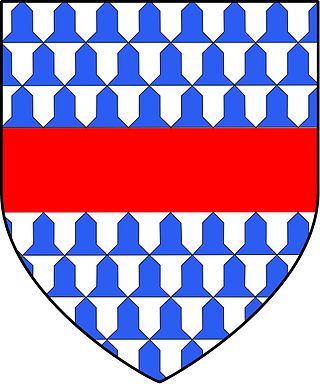
Robert Marmion was an Anglo-Norman nobleman and rebel involved in the First Barons' War. He was referred to as "Robert Marmion the Younger" as his elder half-brother was also called Robert and known as "Robert Marmion the Elder".
John Marmion, Baron Marmion of Winteringham was an Anglo-Norman baron who represented Lincolnshire in Parliament and fought in the Wars of Scottish Independence.

Sir William de Aton, 2nd Baron Aton, of Ayton and Malton Yorkshire was a 13th–14th century English noble. He died c. 1388.
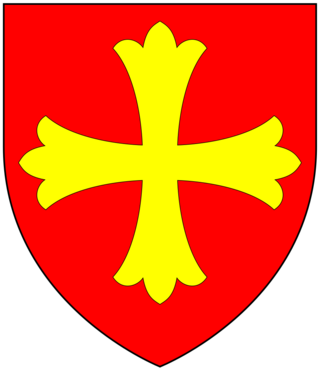
William le Latimer, Lord of Corby and Billinges was an English noble. He was a crusader and served in English campaigns in Wales, Gascony, France and Scotland.
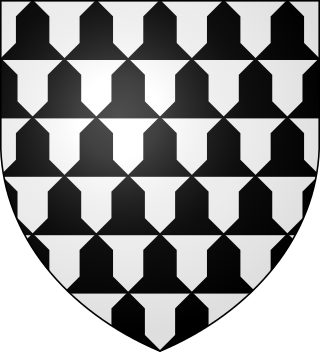
Robert de La Warde, 1st Baron De La Ward, Lord of Alba Aula, Burton Overy and Upton, and Newhall was an English noble. He fought in the wars in Gascony, Flanders and Scotland. He was a signatory of the Baron's Letter to Pope Boniface VIII in 1301.

William Paynel, 1st Baron Paynel, Lord of Trotton, Littleton, Knighton Paynel and Woolbedding, was an English noble. He fought in the wars in Flanders and Scotland. He was a signatory of the Baron's Letter to Pope Boniface VIII in 1301.
John Paynel, 2nd Baron Paynel, Lord of Otley, was an English noble. He fought in the wars in Scotland. He was a signatory of the Baron's Letter to Pope Boniface VIII in 1301.
William Touchet, 1st Baron Touchet, Lord of Lewenhales was an English noble. He fought in the wars in Scotland and Gascony. He was a signatory of the Baron's Letter to Pope Boniface VIII in 1301.
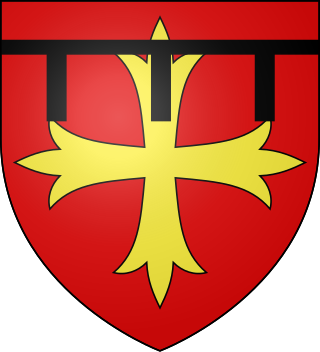
Thomas le Latimer, Lord of Braybrooke was an English noble. He served in English campaigns in France and Scotland.
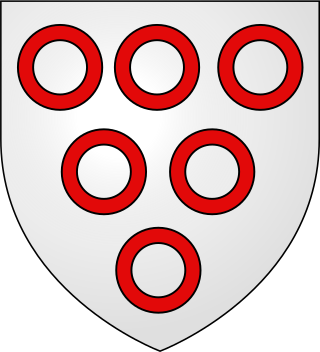
Hugh de Plessets, Lord of Hooknorton was an English noble. He served in English campaign in Scotland.

Alan de Plugenet, 2nd Baron Plugenet, Lord of Preston Plucknett was an English noble. He served in English campaigns in Scotland.